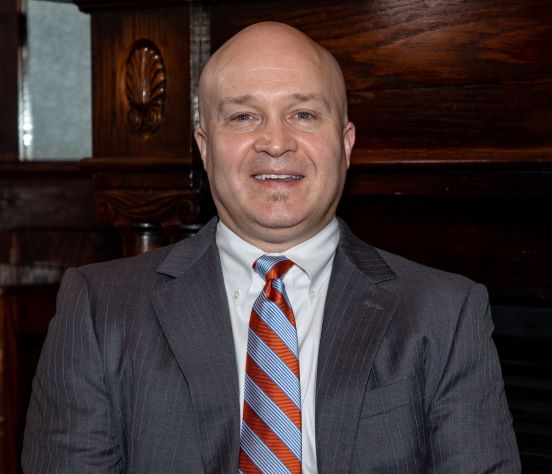
It’s easy to underestimate the 45L Tax Credit. Over the years, the EPAct 179D Deduction has gotten a great deal of press, with 45L often presented as an afterthought, if at all. However, this oft overlooked incentive brings tremendous benefit, and is a key strategy to consider as you plan for 9/15.
The 45L credit is a federal tax credit that promotes the construction of energy efficient residential dwellings. The credit is available to builders, developers, and others who build homes for sale or lease. This one-time incentive can pack quite a punch, with each eligible dwelling unit able to claim $2,000 in tax credits. The credit can even be claimed retroactively for up to 3 years.
Single and multifamily homes up to 3 stories above grade are eligible for the 45L tax credit, including:
-
- Assisted living facilities
- Campus residential housing
- For-lease apartment buildings
- Condominiums
- Tract and custom single-family homes
Dwelling units within each property are assessed individually. It’s not an “all or nothing” proposition – some units may meet the criteria, and some may not. The entire property doesn’t need to qualify.
Dwelling units that meet the following criteria may claim the credit:
-
- Have home energy-saving features (HVAC, windows, insulation, etc.)
- Are modeled in a qualifying software then verified by a qualified HERS Rater (Eligible Certifier)
- Are at least 50% more energy efficient than the 2006 International Energy Conservation Code (IECC), as calculated by 45L tax credit software
- Have been completed and sold (close of escrow) or rented (executed rental agreement) prior to January 1, 2022*
The 45L Tax Credit is claimed by the entity who owns the home when it was built and or financed its construction. If the entity is owned by multiple investors, the credit is passed through to each investor. (As always, consult with your tax advisor.)Many people don’t realize that multifamily structures that qualify for the low-income housing credit can also qualify for the 45L tax credit.
These days we see a lot of non-profits who often partner with an entity that builds multi-family structures. The non-profit does not pay taxes and therefore cannot use the 45L tax credit, but the other for-profit shareholders and entity partners can.
Form 8908 is used to claim the 45L Tax Credit. The credit can be claimed retroactively for up to three years from the date of filing by amending the return. (The 3115 Change of Accounting Method is not available.) If unused, the credit can be carried forward for up to 20 years.
At $2,000 per eligible dwelling unit, the benefit can add up quickly. Last year, a 45L study was completed on a luxury apartment complex in the southwest. The newly constructed property contained 48 energy-efficient dwelling units, each of which was assessed and met eligibility criteria. The resulting 45L Tax Credit was $96,000.
Don’t overlook this powerful incentive — if you think you might have a potential 45L opportunity, reach out to a member of the Capstan team today. Let’s tee up a great 9/15.
*An important caveat – the credit has officially expired, and as of this writing only properties placed-in-service prior to 1/1/2022 are eligible. We hope to see good news from Washington about a retroactive extension of the credit, and will keep readers posted on developments as they occur.
Have a question? Contact Bruce Johnson And Team, Capstan Tax.


















Recent Comments